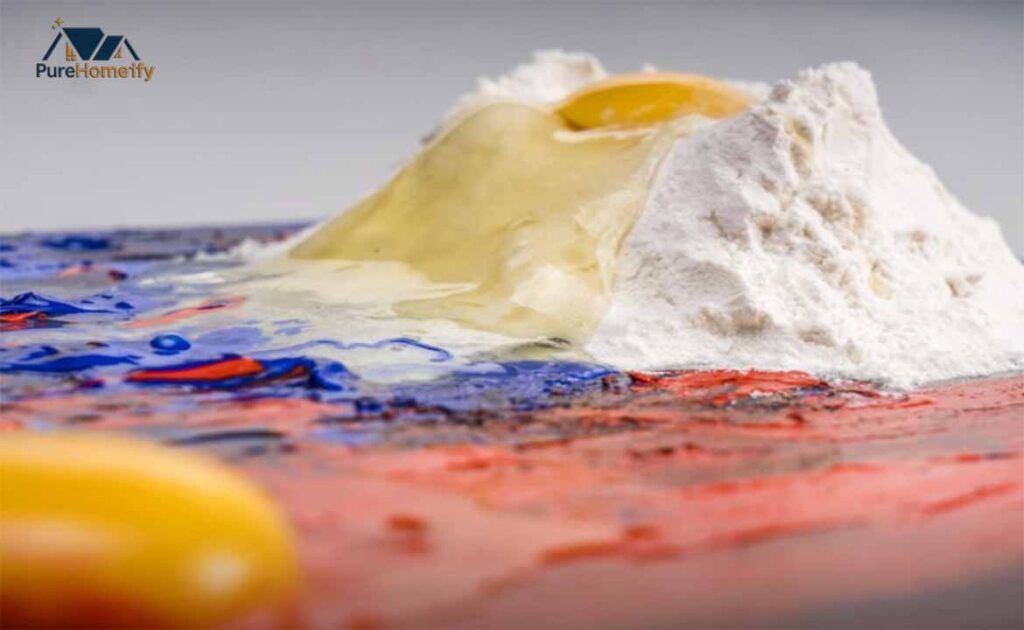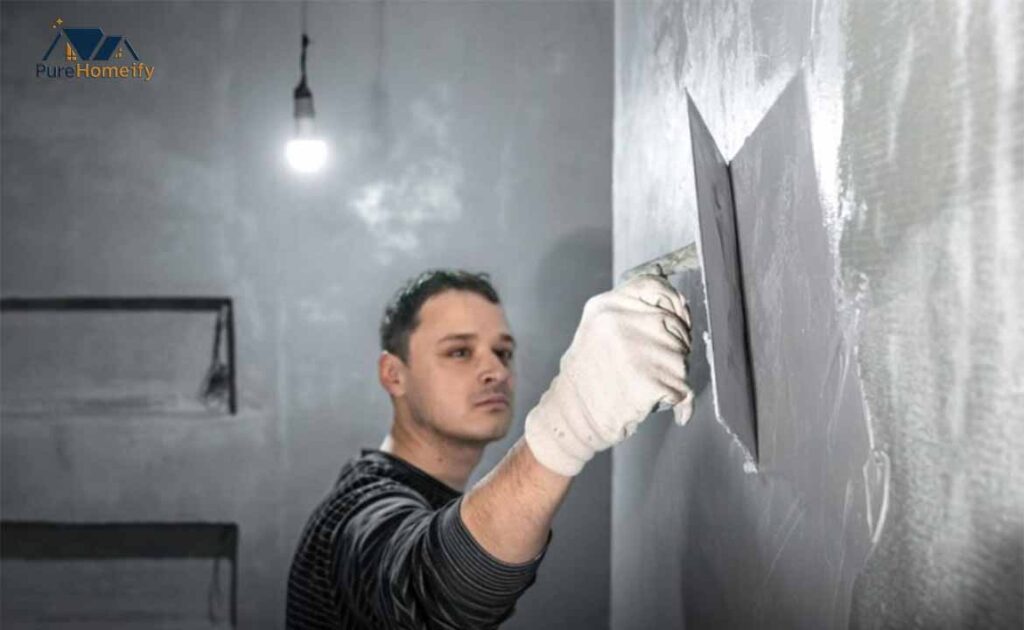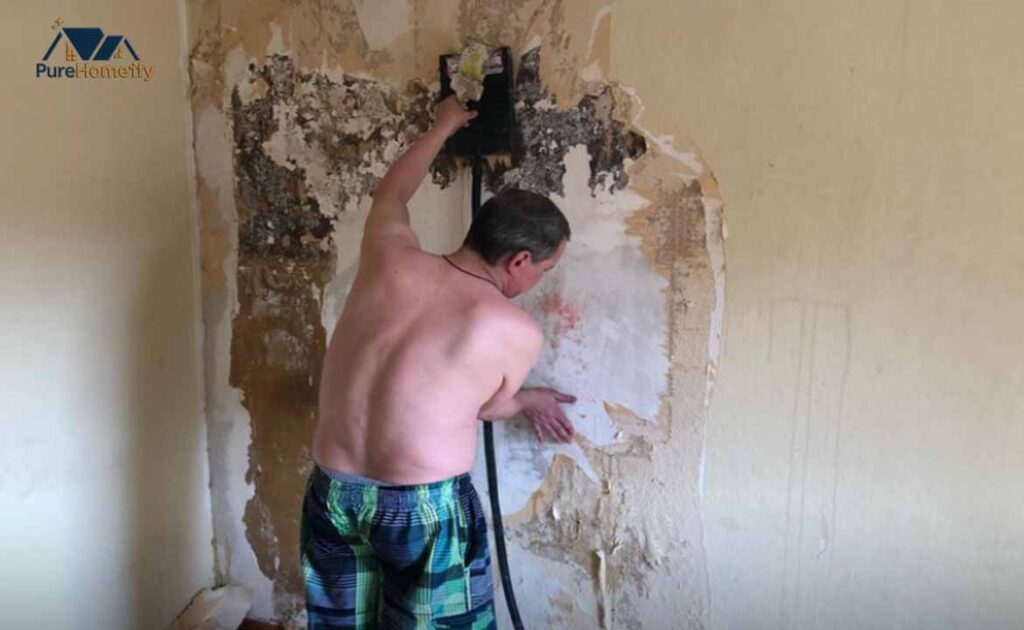Basements often struggle with dampness, mold, and peeling paint. If you’ve ever asked “What is breathable paint for basement walls?”, the answer is simple: it’s a paint designed to let walls breathe, releasing trapped moisture while keeping surfaces protected. Unlike traditional paints, breathable paint acts as a basement wall moisture barrier, improves indoor air quality, and prevents musty odors. Whether your basement walls are concrete, brick, or plaster, a vapor-permeable coating ensures long-lasting basement wall protection.
Many homeowners also wonder “Why use breathable paint in basements?” The answer lies in moisture control. Using masonry paint for basements or silicate-based paint helps walls expel water vapor while resisting mold. It’s more than a cosmetic upgrade—non-toxic breathable paint and eco-friendly wall paint protect your home, family, and investment. For those undertaking sustainable basement renovation, options like limewash for basements and mineral paint for concrete walls are perfect for a healthy, long-lasting finish.
Why Breathable Paint Matters in Basements
High humidity and water seepage can ruin basement walls over time. Breathable paint for basement walls solves this by allowing moisture to escape instead of trapping it. This prevents peeling, cracking, and mildew, making it a mold-resistant basement coating that protects your home. Using paint for humid environments like high humidity wall coating ensures a long-lasting, fresh basement environment.
Homeowners often face problems with standard paints, which trap water inside walls. Choosing breathable paint for basement walls creates a basement wall moisture barrier while also improving indoor air quality improvement. Even older, damp basements can be transformed with plaster wall breathable paint or brick wall breathable paint that let walls “breathe” naturally.
What Makes a Paint Breathable?

Breathable paint for basement walls works by letting water vapor pass through while keeping liquid water out. Products like silicate-based paint, limewash for basements, or mineral paint for concrete walls provide a vapor-permeable finish that prevents dampness. Many homeowners ask, does silicate paint really prevent dampness? Yes, it does, by allowing moisture to escape without damaging walls.
Unlike waterproof paints, which trap moisture, breathable paint for basement walls keeps your basement dry, safe, and fresh. It also acts as basement odor prevention paint and a mold-resistant basement coating, making it ideal for sustainable basement renovation. Even when walls are humid, low VOC breathable paint ensures safety for your family.
The Best Breathable Paint Options for Basements
Choosing the right breathable paint for basement walls is critical. Top U.S. brands include Romabio, Keim, and Earthborn. These paints are eco-friendly basement wall coatings and perfect for sustainable basement renovation. They offer low VOC breathable paint formulas and mold-free paint for concrete basements.
Here’s a comparison of popular options:
| Brand | Type | Best For | Price Range | Key Features |
| Romabio | Mineral Paint | Masonry/Concrete | $40-$60/gallon | Vapor-permeable finish, anti-mold paint |
| Keim | Silicate-Based | Brick & Plaster | $50-$70/gallon | Durable masonry paint for basements, sustainable basement renovation |
| Earthborn | Clay-Based | All Surfaces | $45-$65/gallon | Indoor air quality improvement, low VOC breathable paint |
For homeowners wondering “Best breathable paint brands for basement walls”, these choices are ideal. They combine water-resistant basement paint, high humidity wall coating, and basement wall protection for long-lasting results.
How to Prepare Basement Walls Before Painting

Proper preparation is crucial if you want to know “How to prepare basement walls before painting?” Start by cleaning walls thoroughly, removing dirt, mold, and peeling paint. Repair cracks using plaster or cement filler, and check for moisture levels. Vapor-permeable finish paints perform best on dry, clean surfaces, preventing issues like bubbling or mold growth.
Next, apply a primer suitable for breathable paint. Using plaster wall breathable paint or mineral paint for concrete walls ensures a solid foundation. Good ventilation is key to maintain indoor air quality improvement during painting. Proper prep guarantees that your basement wall moisture barrier will last for years, even in high humidity wall coating conditions.
How to Apply Breathable Paint on Basement Walls
Many ask, how to paint damp basement walls? Start with clean, prepped surfaces. Use rollers for large areas and brushes for corners. Apply two coats of breathable paint for basement walls, allowing proper drying between coats. This ensures a vapor-permeable finish and long-lasting basement wall protection.
Using limewash for basements, mineral paint for concrete walls, or silicate-based paint provides anti-mold paint properties. Avoid heavy application that blocks breathability. With low VOC breathable paint, your basement remains safe, fresh, and protected from mold for years.
Breathable Paint vs Waterproof Paint – Key Differences
A common question is “Is breathable paint better than waterproof paint?” The difference is crucial. Breathable paint allows moisture to escape, while waterproof paint traps it inside. Trapped moisture leads to peeling, cracks, and mold. Using masonry paint for basements, brick wall breathable paint, or vapor-permeable coating keeps walls dry and protected.
Here’s a quick comparison:
| Feature | Breathable Paint | Waterproof Paint |
| Moisture Escape | Yes | No |
| Mold Risk | Low | High |
| Surface Durability | High | Moderate |
| Indoor Air Quality | Improves | May Reduce |
| Best Use | Humid basements | Exterior walls only |
For homeowners asking “Difference between breathable and waterproof paint”, the choice is clear. Breathable paint for basement walls ensures long-term basement wall protection, better indoor air quality improvement, and basement odor prevention paint.
Common Mistakes to Avoid When Painting Basement Walls

Skipping moisture testing or primer is a common error. Applying non-breathable paint on damp walls can cause bubbling, peeling, and mold. Poor ventilation or ignoring drying times also reduces effectiveness. For high humidity wall coating, always choose breathable paint for basement walls to avoid problems.
Failing to repair cracks or clean walls leads to failures even with eco-friendly wall paint. Proper prep ensures plaster wall breathable paint or mineral paint for concrete walls works as intended, maintaining basement wall moisture barrier and long-term basement wall protection.
Maintenance Tips for Painted Basement Walls
Maintaining breathable paint for basement walls keeps them effective for years. Clean gently to preserve permeability, inspect for mold or efflorescence, and touch up with limewash for basements or mineral paint for concrete walls. This ensures your basement wall protection lasts.
Using low VOC breathable paint or eco-friendly wall paint makes maintenance safe. Annual checks prevent costly repairs and keep indoor air quality improvement consistent. Even in high humidity wall coating areas, proper care prolongs the life of breathable paint for basement walls.
Final Thoughts – Choosing the Right Breathable Paint for Your Basement
Choosing the right breathable paint for basement walls is key for durability, safety, and comfort. Consider wall material, humidity, and ventilation. Top brands like Romabio, Keim, and Earthborn offer eco-friendly wall paint, sustainable basement renovation, and mold-free paint for concrete basements.
It’s not just about looks. Using vapor-permeable finish, plaster wall breathable paint, or damp-proof wall paint ensures basement wall protection, odor prevention, and long-term results. With breathable paint for basement walls, your basement stays dry, fresh, and healthy for years.
FAQs
Is Drylok paint breathable?
Drylok is mostly a waterproof paint, not fully breathable, so it can trap moisture in basement walls.
What is the best breathable paint for Basement walls?
The best options are mineral paint for concrete walls, silicate-based paint, or limewash for basements that allow walls to release moisture.
What is the best paint for concrete basement walls?
Breathable masonry paint, silicate-based paint, or mineral paint for concrete walls are ideal for preventing dampness and mold.
Does breathable paint prevent mold?
Yes, mold-resistant basement coatings let moisture escape, reducing mold growth while keeping walls dry.
How do Japanese bathrooms not get mold?
They use high ventilation, quick-drying surfaces, and vapor-permeable finishes, similar to breathable coatings, to prevent mold.
Where should you use breathable paint?
Use it on basement walls, damp masonry, plaster walls, and any high-humidity areas where moisture control is needed.

